Top 7 Curly Hair Tarantula Care Tips
The Curly Hair Tarantula (Tliltocatl albopilosus) is a popular choice for both beginner and experienced tarantula keepers. These spiders are known for their docile temperament, beautiful appearance, and relatively easy care requirements. Providing the right environment and care is crucial for the health and well-being of your Curly Hair Tarantula. Here are the top 7 tips to ensure your tarantula thrives and lives a long, healthy life. Following these tips will help you create an optimal environment for your spider, promoting its overall health and happiness. Remember that consistency and observation are key to successful tarantula keeping.
Choosing the Right Enclosure
Selecting the appropriate enclosure is the first and most critical step in caring for your Curly Hair Tarantula. The size and type of enclosure significantly impact your spider’s well-being, providing a secure and comfortable home. The enclosure should be escape-proof, well-ventilated, and appropriately sized for the tarantula’s current and expected adult size. A clear enclosure allows for easy viewing and monitoring of your tarantula, which is essential for observing its behavior and health.
Enclosure Size and Ventilation
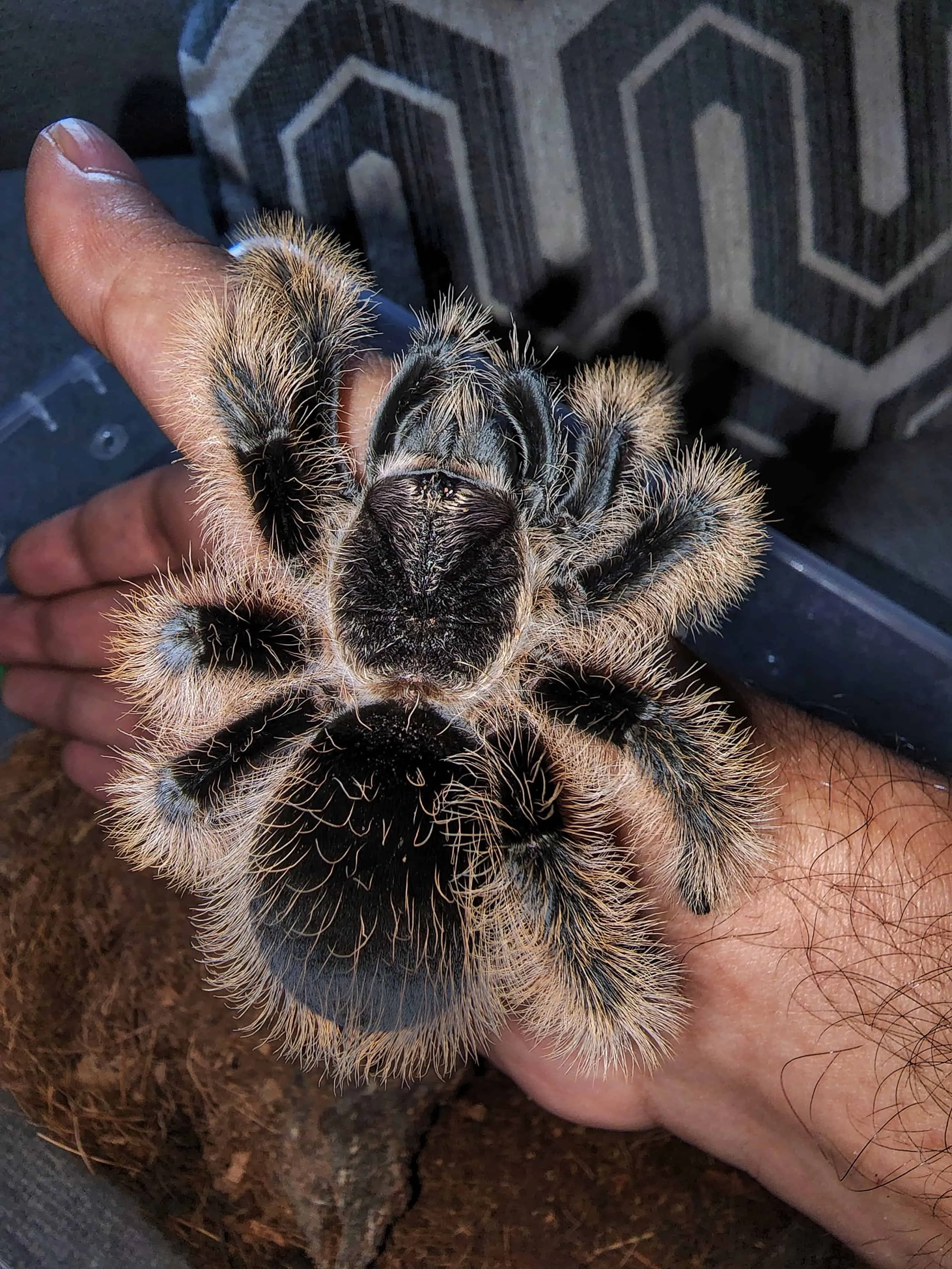
For a spiderling, a smaller enclosure (such as a deli cup or a small terrarium) is often best, as it makes it easier for the spider to find its food and reduces stress. As your Curly Hair Tarantula grows, you’ll need to upgrade to a larger enclosure. A good rule of thumb is to provide an enclosure that is at least three times the spider’s leg span in length and width. Ventilation is also crucial. The enclosure should have adequate cross-ventilation to prevent the buildup of stagnant air and mold. This can be achieved with a screen lid or ventilation holes in the sides of the enclosure. Avoid enclosures with excessive ventilation, as this can lead to a dry environment.
Substrate Selection and Depth
The substrate is the bedding material at the bottom of the enclosure, and it serves several purposes, including providing a comfortable environment for the tarantula to burrow in, retaining humidity, and facilitating waste removal. A good substrate for Curly Hair Tarantulas is a mix of coco fiber, peat moss, and a small amount of vermiculite. These materials retain moisture well, allowing you to maintain the necessary humidity levels. The substrate depth should be at least 2-4 inches for a juvenile and deeper for adults to allow for burrowing. Ensure the substrate is free from pesticides and other harmful chemicals.
Maintaining Optimal Humidity Levels
Curly Hair Tarantulas thrive in a moderately humid environment. Humidity is essential for their health, particularly during molting. Too little humidity can lead to molting problems and other health issues. The ideal humidity range for a Curly Hair Tarantula is generally between 60-70%. You can achieve this level by regularly misting the enclosure with dechlorinated water and ensuring the substrate is slightly damp but not waterlogged. Avoid over-misting, as this can lead to mold growth, which is detrimental to your tarantula’s health. The enclosure should also be kept away from direct sunlight and drafts, which can affect humidity and temperature.
How to Measure Humidity
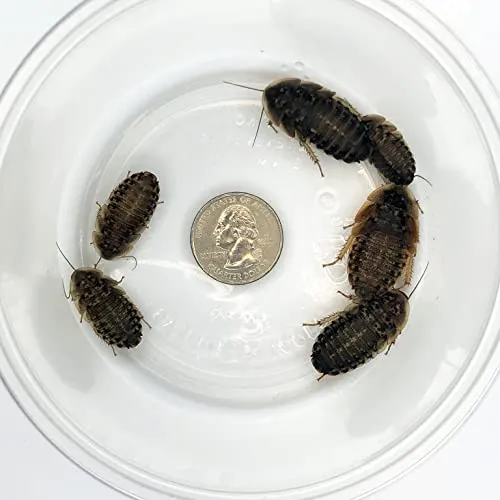
Using a hygrometer is the most accurate way to measure humidity levels. Hygrometers are readily available at pet stores or online and should be placed inside the enclosure to monitor the humidity. Digital hygrometers are often more precise and easier to read. Regularly check the hygrometer to ensure humidity levels remain within the recommended range. If the humidity is too low, increase misting frequency. If it’s too high, improve ventilation or reduce the amount of misting.
Providing a Water Source
Clean water is essential for the health and well-being of your Curly Hair Tarantula. Always provide a shallow water dish filled with fresh, dechlorinated water. The water dish should be accessible to the tarantula but shallow enough to prevent drowning, particularly for spiderlings. Ceramic water dishes are a good choice, as they are easy to clean and less likely to tip over. Regularly clean and refill the water dish to prevent bacterial growth. Consider adding a small piece of sponge or gravel to the water dish to allow smaller tarantulas to easily access the water.
Feeding Your Spiderling
Feeding your Curly Hair Tarantula properly is crucial for its growth and overall health. Young tarantulas, or spiderlings, require more frequent feeding than adults. A balanced diet and appropriate feeding schedule ensure your spider gets the necessary nutrients to thrive. Always remove any uneaten food from the enclosure within 24 hours to prevent the growth of mold and mites. Also, ensure your spiderling has access to water at all times.
Choosing the Right Food
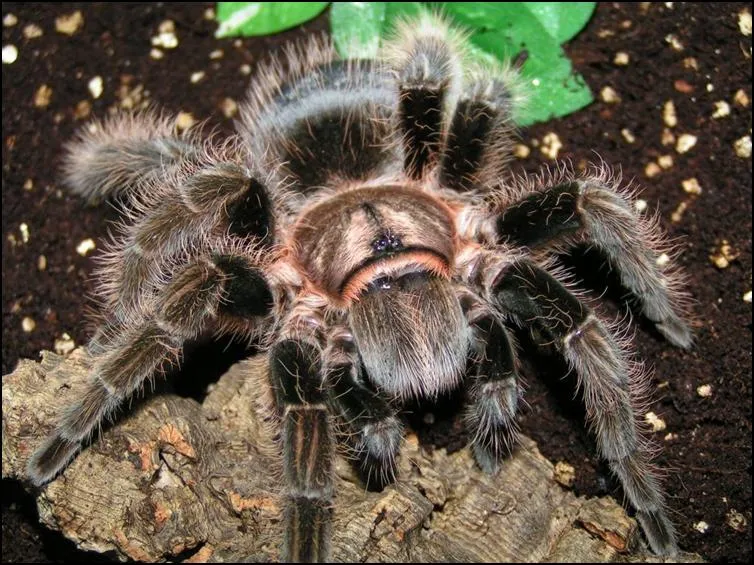
The primary food source for Curly Hair Tarantulas is insects. Crickets, mealworms, and roaches are all suitable choices. The size of the insects should be appropriate for the size of your tarantula; as a general rule, the prey should be no larger than the tarantula’s body. It’s essential to gut-load the insects with nutritious food, such as vegetables and insect food, before feeding them to your tarantula. This ensures your tarantula receives essential vitamins and minerals. Avoid feeding your tarantula wild-caught insects, as they may carry parasites or pesticides.
Feeding Frequency and Amount
Spiderlings require feeding approximately 2-3 times per week. As your tarantula matures, you can reduce the feeding frequency to once or twice a week. Adult Curly Hair Tarantulas may only need to be fed once every 1-2 weeks. Observe your tarantula’s behavior to gauge its appetite; a well-fed tarantula will have a plump abdomen. If your tarantula refuses food, it might be about to molt, and it’s best to leave it undisturbed. Remove any uneaten prey after 24 hours.
Temperature Management
Maintaining the correct temperature is vital for your Curly Hair Tarantula’s health and well-being. These spiders are ectothermic, meaning they rely on external heat sources to regulate their body temperature. Providing the right temperature range will promote healthy growth and activity. The temperature within the enclosure should be monitored regularly using a thermometer to ensure consistency.
Ideal Temperature Range
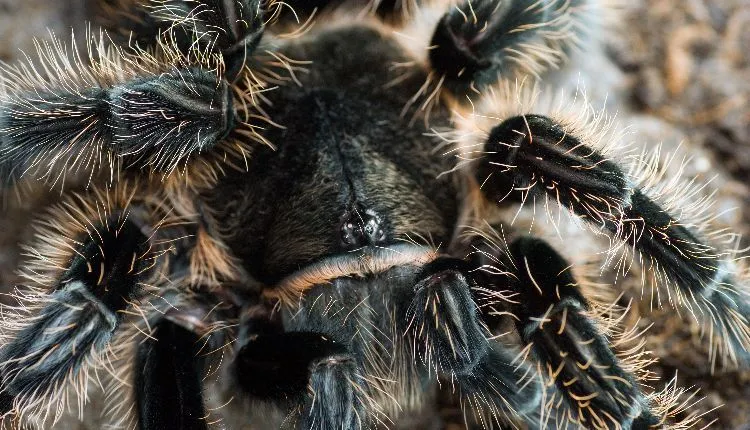
The ideal temperature range for a Curly Hair Tarantula is typically between 75-85°F (24-29°C). Maintain this temperature range consistently throughout the day and night. A heat lamp or a heat mat can be used to achieve this temperature. If using a heat lamp, ensure it’s positioned on one side of the enclosure to create a temperature gradient, allowing the tarantula to move to areas with different temperatures as needed. Always use a thermostat to regulate the heat source and prevent overheating.
Avoiding Temperature Fluctuations
Avoid placing the enclosure in direct sunlight, near a drafty window, or close to a heating or air conditioning vent, as these can cause temperature fluctuations. Sudden changes in temperature can stress your tarantula and affect its health. A consistent temperature is essential for proper molting and overall well-being. Regularly check the temperature with a reliable thermometer to ensure it remains within the recommended range. If you live in a cooler climate, consider using a low-wattage heat mat placed under the enclosure, ensuring it doesn’t overheat.
Handling Your Curly Hair Tarantula
Curly Hair Tarantulas are generally docile and can be handled, but it’s essential to approach handling with caution and respect for the spider’s well-being. Tarantulas are not social creatures and don’t enjoy being handled, so handling should be kept to a minimum. Overhandling can stress the spider and increase the risk of injury to both you and the tarantula. Always ensure you are calm and composed before attempting to handle your tarantula.
When to Avoid Handling

Avoid handling your tarantula if it appears stressed, is in pre-molt, or has recently molted. During these periods, tarantulas are particularly vulnerable. Never handle a tarantula after it has eaten, as this can cause regurgitation. Also, refrain from handling if you are nervous or unsure, as your anxiety could be transferred to the spider. The safest approach is to observe your tarantula in its enclosure, allowing you to admire its beauty without causing unnecessary stress.
Signs of Stress
Tarantulas can exhibit various signs of stress, including flicking their legs, raising their front legs in a defensive posture, or running away. If your tarantula displays these behaviors, it’s best to leave it alone. If you must handle your tarantula, do so close to the ground to minimize the risk of injury if it falls. If a tarantula does fall, it can result in a ruptured abdomen.
Identifying and Handling Molting
Molting is a natural process where tarantulas shed their exoskeleton to grow. This is a critical time for your Curly Hair Tarantula, and proper care during molting is crucial for its health. Do not disturb your tarantula during this process, and ensure the enclosure conditions are optimal to facilitate a successful molt.
Recognizing Pre-Molting Signs
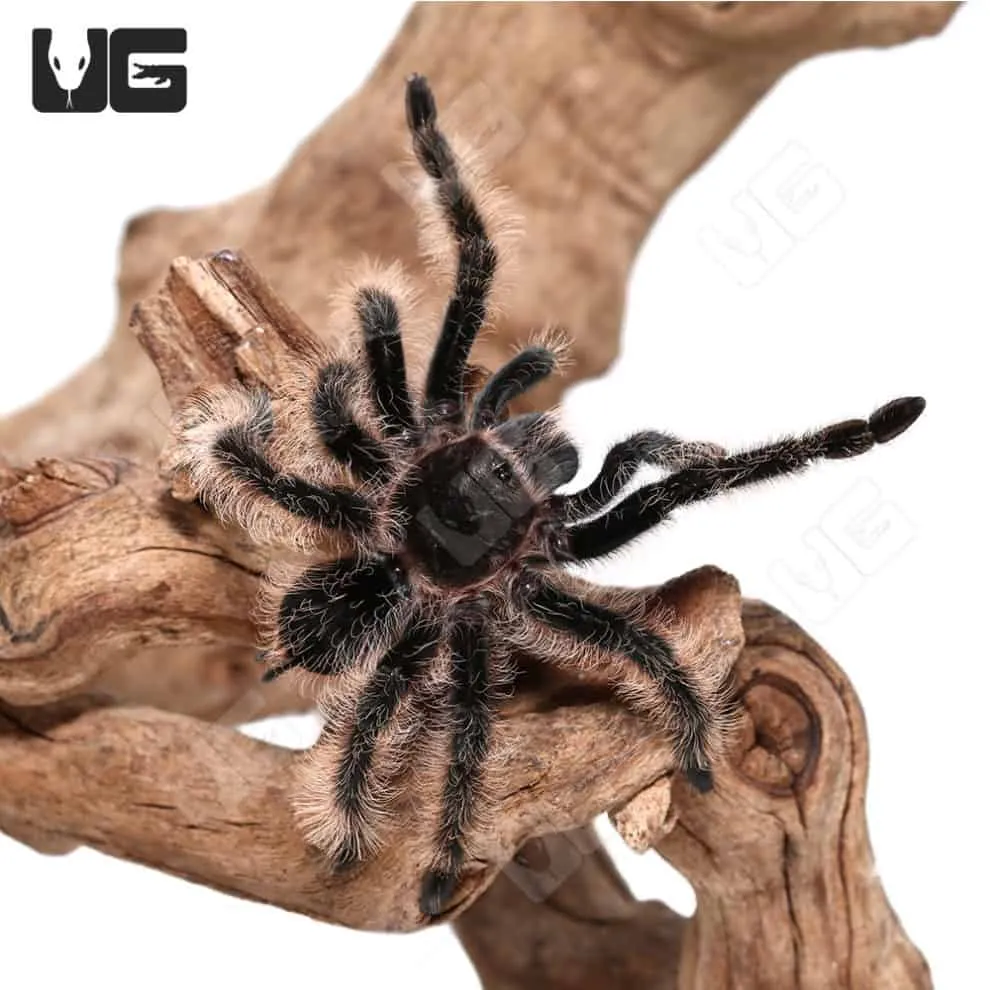
Several signs indicate that your tarantula is preparing to molt. These include a dulling of colors, a refusal to eat, and the tarantula may become lethargic or spend more time hiding. You might also notice the abdomen becoming darker or appearing swollen. As the molt nears, the tarantula will often lay on its back. Providing a calm and undisturbed environment is crucial during this period.
What to Do During Molting
During molting, it’s essential to leave your tarantula completely undisturbed. Do not attempt to feed or handle it. Maintain the correct temperature and humidity levels. If the tarantula flips onto its back, do not interfere, as this is a normal part of the molting process. After the molt, the tarantula’s new exoskeleton will be soft, and it will take several days for it to harden fully. Do not offer food for a week or so after the molt to allow the fangs to harden. Once the fangs have hardened, you can begin offering food again, starting with smaller prey items.
Cleaning and Maintenance
Regular cleaning and maintenance are crucial for maintaining a healthy environment for your Curly Hair Tarantula. A clean enclosure helps prevent the build-up of harmful bacteria and mites, thus safeguarding your tarantula’s health. A regular cleaning schedule, along with waste removal, ensures a thriving and hygienic habitat.
Regular Enclosure Cleaning
Spot cleaning the enclosure should be done weekly. Remove any uneaten food, dead insects, and waste. Replace the water in the water dish with fresh, dechlorinated water. A more thorough cleaning should be performed every few months. During this cleaning, carefully remove the tarantula (if necessary), discard the old substrate, and thoroughly clean the enclosure with warm water. Avoid using harsh chemicals or soaps, as these can be harmful to your tarantula. Rinse the enclosure well and allow it to dry completely before adding fresh substrate and returning the tarantula.
Waste Removal
Tarantula waste is typically in the form of feces and shed exoskeletons. These should be removed promptly to prevent the buildup of harmful bacteria. The waste can often be seen on the substrate. Use a small scoop or tongs to remove the waste. Regular waste removal helps maintain a clean and healthy environment for your tarantula. By keeping a close eye on the enclosure and cleaning it regularly, you can help keep your tarantula healthy and happy.
Understanding the Curly Hair Tarantula
Gaining a thorough understanding of your Curly Hair Tarantula’s life cycle, temperament, and behaviors will greatly enhance your ability to provide proper care. Knowing their lifespan, growth patterns, and typical behaviors helps you recognize any potential issues and tailor your care practices accordingly.
Lifespan and Growth
Curly Hair Tarantulas have a relatively long lifespan. Females can live for 10-20 years or more, while males typically live for 5-10 years. Growth rates vary depending on factors such as feeding, temperature, and humidity. They grow by molting, shedding their exoskeleton as they develop. Young tarantulas molt more frequently than adults. As your tarantula grows, observe its changes in size and appearance to monitor its health and development.
Temperament and Behavior
Curly Hair Tarantulas are generally docile and not prone to biting unless provoked. They tend to be more defensive than aggressive. They may flick urticating hairs from their abdomen as a defense mechanism. These hairs can cause irritation if they come into contact with the skin. They spend a significant amount of time burrowing and hiding, and they are primarily nocturnal creatures, being most active during the evening and night. Understanding your tarantula’s behavior will help you to interpret its needs and create a suitable and enriching environment.
By following these top 7 tips, you can provide excellent care for your Curly Hair Tarantula, ensuring it lives a long, healthy, and fulfilling life. Remember that consistent care and observation are key to success. Enjoy the unique experience of owning and caring for these fascinating creatures.
